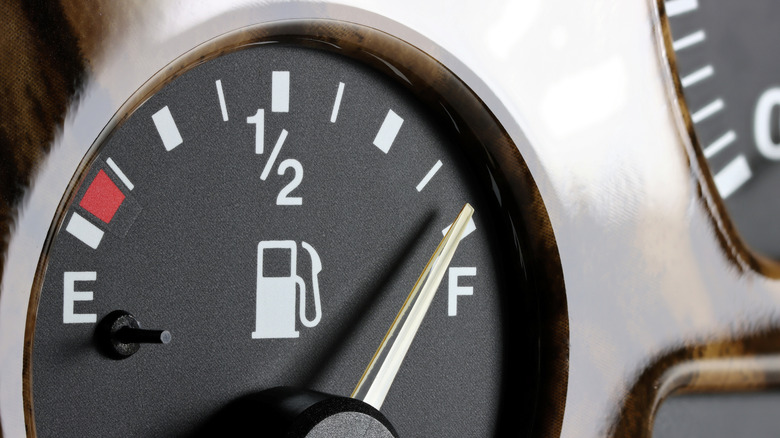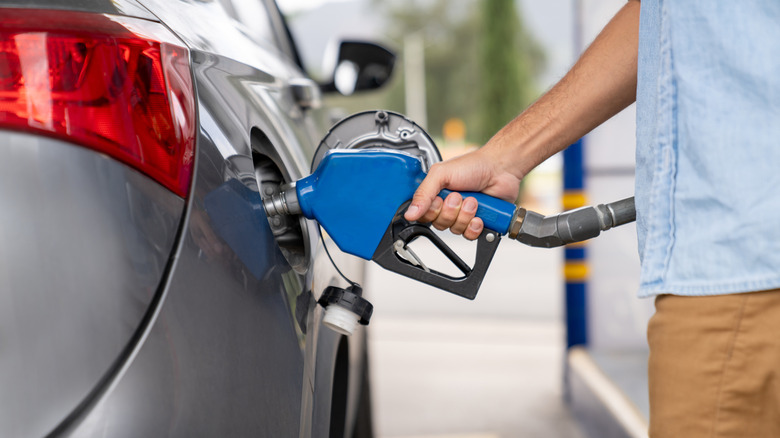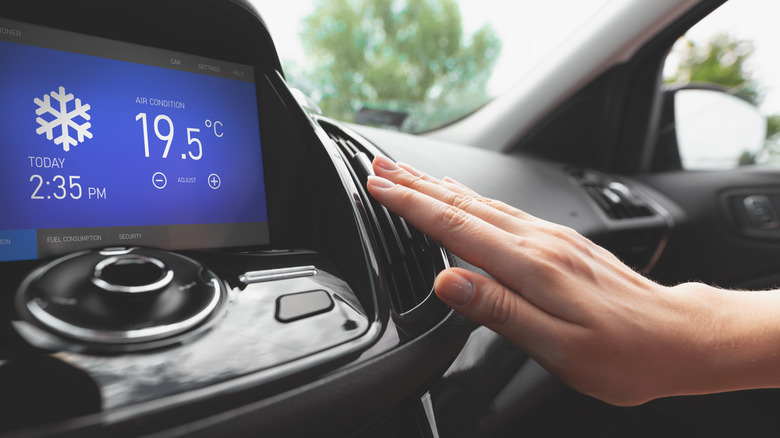Does Hot Weather Improve Fuel Economy?
As if we needed another reason to wish away the winter. It turns out hot weather can actually help us when it comes to getting the most out of our gas. The logic behind this is actually quite simple. First of all, engines perform best when at ideal operating temperature, usually between 195 and 220 degrees Fahrenheit. Naturally, a snow-covered car is going to take longer to warm up than one that has been basking in the summer sun all morning. While warming up, the engine will consume an air-fuel mixture that contains a higher ratio of fuel. Hot weather helps with fuel economy because this process takes less time, meaning less fuel will be burnt.
Secondly, warm air is thinner and lighter than cold air and therefore causes less aerodynamic drag. Automakers typically design cars to have minimal air resistance, incorporating features like small vents on the sides of the front bumper called air curtains. Cutting through the air cleanly enables the car to boast better fuel efficiency. With warmer air being easier for the car to move through, the engine doesn't have to work as hard to achieve a certain speed in comparison to driving through cold air.
Why summer gas blends improve fuel economy
The fuel you gas up your car with throughout the warmer months is formulated to perform better in the heat, as mandated by the United States Environmental Protection Agency (EPA). There are many fuel myths you should stop believing, but it's a fact that summer grades of gasoline contain more energy and are less volatile. That volatility is indicated by Reid vapor pressure (RVP). Fuel blends sold in summer have a lower RVP, which means that the fuel evaporates less easily than winter blends — this improves fuel economy and results in fewer emissions as well.
The EPA requires refineries to have the summer blend in place by May 1 and that all gas stations begin selling it by June 1. It's not all sunshine and roses, though, as gas stations typically charge $.15 more per gallon when selling the summer stuff. So, while you will get better gas mileage, thanks to an average energy increase of around 2%, it will cost you slightly more to fill the tank in summer.
Why your fuel economy might worsen during summer
If you haven't noted an uptick in your fuel economy during the summer — or possibly even noticed a decrease in your miles per gallon — there may be a good reason for it also. While the air density, engine efficiency, and fuel blends are working in your favor, your appetite for comfort might be overriding all of these benefits.
Rolling down the windows or driving with the air conditioning on might be part of the reason why your vehicle's MPG is going down. Flicking the A/C on, especially on a short journey during a roasting hot day, could cause your fuel economy to drop by around 25%. The news is worse for those with electric and hybrid cars, as this drop in fuel economy or electric range can be even more dramatic.
Rolling the windows down increases drag, and as we learned above, increased drag means decreased fuel economy. So, if you're not noticing the benefits of improved fuel economy this summer, stop and think about your driving habits before questioning the car.


